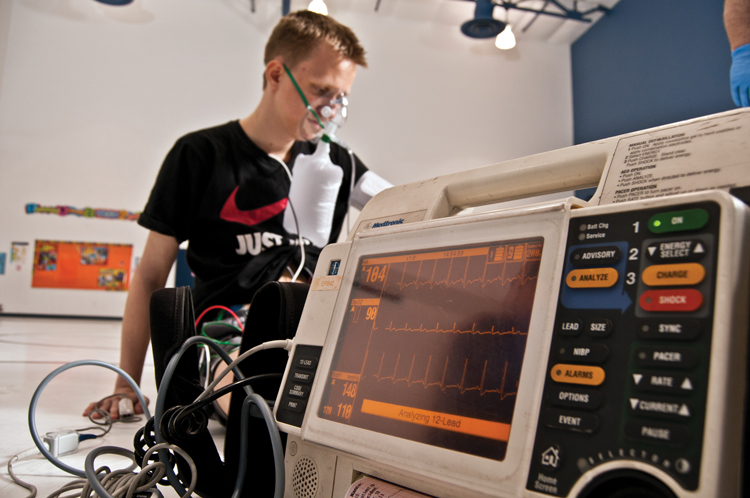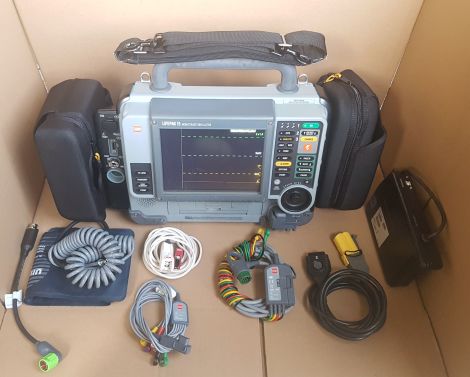Non Invasive Blood Pressure
Published (updated: ).
Best Piece Of Equipment Ever Put On An Ambulance

Since both, hypotension and hypertension, can potentially impair the function of vital organs such as heart, brain, or kidneys, monitoring of arterial blood pressure (BP) is a mainstay of hemodynamic monitoring in acutely or critically ill patients. Arterial BP can either be obtained invasively via an arterial catheter or non-invasively. Non-invasive BP measurement provides either intermittent or continuous readings. Most commonly, an occluding upper arm cuff is used for intermittent non-invasive monitoring. BP values are then obtained either manually (by auscultation of Korotkoff sounds or palpation) or automatically (e.g., by oscillometry). For continuous non-invasive BP monitoring, the volume clamp method or arterial applanation tonometry can be used. Both techniques enable the arterial waveform and BP values to be obtained continuously.
Monitoring of arterial blood pressure (BP) is a mainstay of hemodynamic monitoring in acutely or critically ill patients. Close monitoring of BP is of great importance to detect and treat hypotension and hypertension early. Both, hypotension and hypertension can impair the function of vital organs, such as the brain, the heart, and the kidneys.
It’s More Accurate When You Take The Blood Pressure Manually

An automated method to measure BP with the help of an occluding cuff employs the oscillometric technique. The cuff is inflated to a preset value automatically. Then, the pressure is gradually being reduced. The pressure wave causes oscillations in the vessel, which can be detected by the cuff. Mean arterial pressure corresponds to the maximum of oscillations; an algorithm applied to the change of oscillations sets systolic and diastolic arterial pressure values. These proprietary algorithms differ between manufacturers and are often not publicly available. The advantages of oscillometry are mainly the presence of reasonably accurate mean arterial pressure (in normal BP ranges) and the possibility of having an automated tool to determine a patient’s BP at a preset interval. The disadvantages are the overestimation of low and underestimation of high values and the possibility to falsify measurements [e.g., by movement (detected as oscillations) or the patient’s arm resting on the bed.
What It’s Good For

Prehospital non invasive blood pressure machines are excellent for taking routine vital signs in the ambulance. They work best in an environment where the medics are not worried about the patient’s blood pressure being hypotensive. In cases where the patient has or is expected to have abnormal blood pressure (say, no radial pulse), the non invasive blood pressure machine is not that useful. Non invasive blood pressure is a great way to decrease the workload of patient care during transport. Further, many non invasive blood pressure machines are capable of transmitting to a computer, making data entry of vital signs unnecessary.
